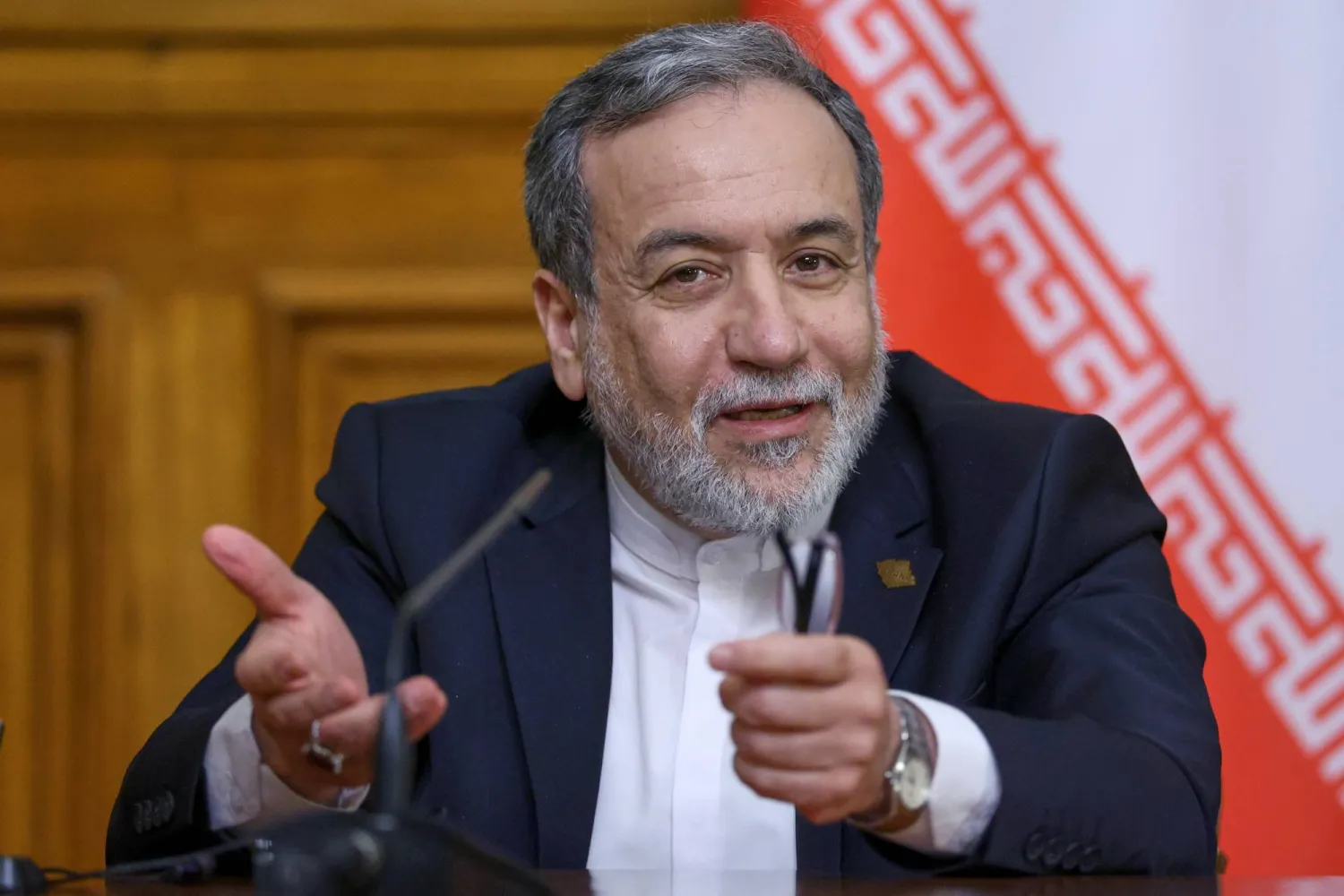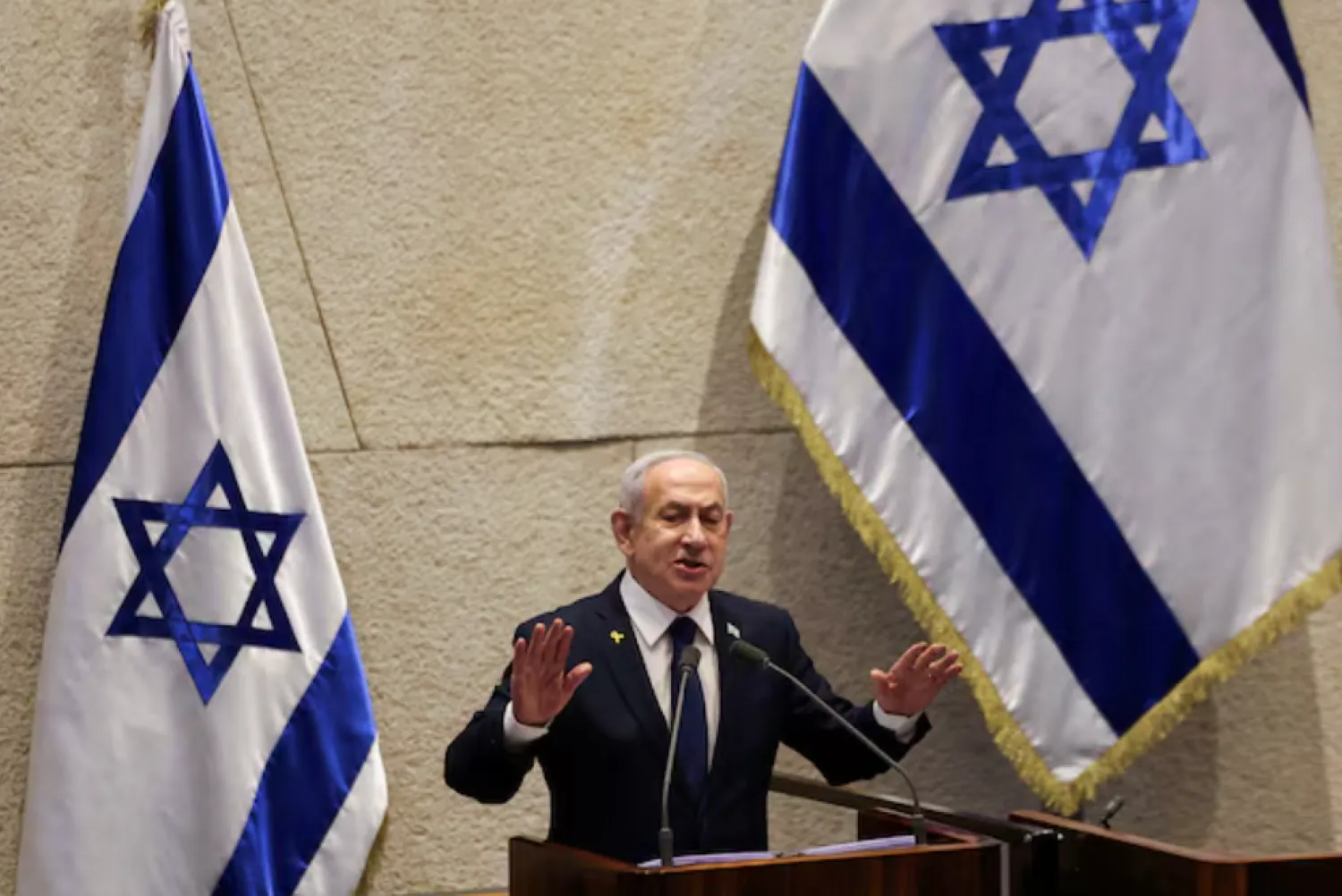Azerbaijan’s Ministry of Defense raised the degree of combat readiness to deter all potential threats in the wake of its diplomatic rift with Iran.
Meanwhile, the Iranian and Azeri foreign ministries continued to exchange accusations on Twitter on Saturday, after Baku angered Tehran following a press conference between its foreign minister and his Israeli counterpart, who spoke of their countries’ understanding to form a unified front against Iran.
In a tweet on Saturday, Iranian Foreign Ministry spokesman Nasser Kanaani said: “By approaching the Islamic countries, the Zionist entity seeks to cause divisions in the Islamic nation in order to achieve its expansionist goals.”
He added: “Isn’t this continued silence an affirmation that [Azerbaijan] tacitly agrees with the words of its strategic partner?”
In response, Ayhan Hajizadeh, an official of the Ministry of Foreign Affairs of Azerbaijan, tweeted: “We have clarified our position on the allegations against Azerbaijan. The main question is: Why does the Iranian side stick to its systematic deviation from the rule and rationality in governance?”
“This is clearly a biased approach. Whoever wants to know the truth can watch the media video,” he added, referring to the press conference between the Israeli and Azerbaijani foreign ministers.
On Friday, Tehran requested an official clarification from Baku about its cooperation with Israel. Kanaani said his country saw the statements by the FMs as an “implicit affirmation of cooperation between the two anti-Iran parties,” and demanded an explanation from Azeri authorities.
Azerbaijan quickly responded to the Iranian threats, saying Tehran would “never intimidate” Baku, according to a statement by the Foreign Ministry.
Before the tension between the two sides escalated last week, Iranian Deputy Foreign Minister Mohammad Bagheri Kani visited Yerevan, the capital of Armenia, on March 22, and pledged that his country would use “the full potential to solve regional issues through peaceful dialogue.”
The Iranian diplomat was referring to the possibility of renewed tension in the disputed Nagorno-Karabakh region between Azerbaijan and Armenia.
Meanwhile, the Azeri Minister of Defense, General Zakir Hasanov, said the “accusations leveled by senior military personnel from some countries that sponsor terrorism… are unacceptable and absurd,” reported the state news agency Azertac.
He told a meeting that included his deputies and army commanders on Saturday: “No one can speak to us in the language of threats,” criticizing “recent statements made by parties that do not accept the victories of the Azerbaijani army.”
This comes after Azerbaijan denounced the statements by Iranian commander of the ground forces, Kioumars Heydari, who accused Baku of using ISIS fighters in the 2020 war, in which Armenia was defeated.









